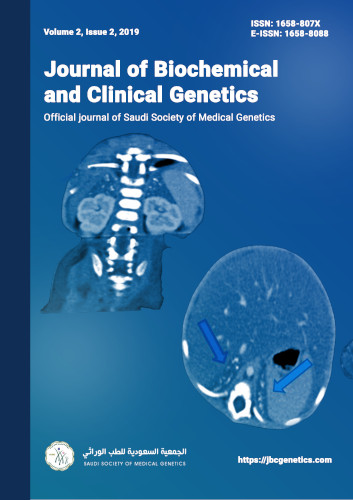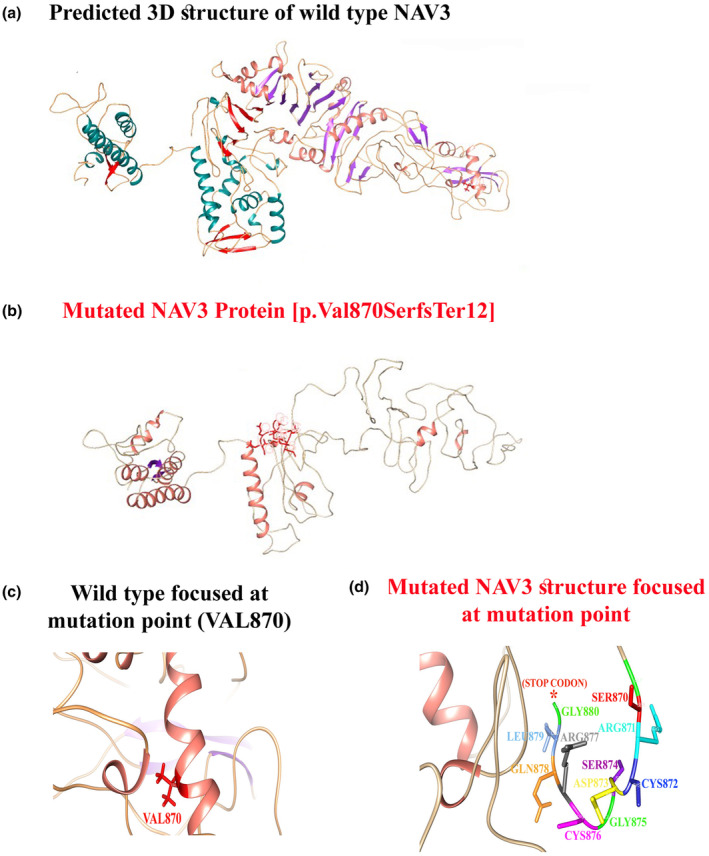Background: Developmental and epileptic encephalopathies (DEEs) are severe disorders marked by refractory seizures and developmental delay. Pathogenic variants in the syntaxin-binding protein 1 (STXBP1) gene are among the top five genetic causes of DEE and impair neurotransmitter release, especially in GABAergic interneurons. The clinical presentation is highly variable, and diagnosis depends on molecular genetic testing. Precision medicine is key for diagnosis, treatment, follow-up, prognosis, and hereditary risk reduction.
Case Presentation: We present a male patient with drug-resistant epilepsy, polypharmacy, and cognitive impairment, without significant family or perinatal risk factors. Given the clinical complexity and strong suspicion of genetic cause, a molecular study using next-generation sequencing of epilepsy-related genes and copy number variation analysis was performed. A heterozygous pathogenic variant in STXBP1, c.1652G>A (p.Arg551His), was identified, associated with early infantile epileptic encephalopathy type type 4, also known as STXBP1-DEE (MONDO:0012812 - orphanet identifier (ORPHA):599373], with autosomal dominant inheritance.
Conclusion: STXBP1-DEE represents a heterogeneous spectrum of neurodevelopmental disorders with refractory epilepsy, developmental delay, and intellectual disability. Diagnosis requires clinical suspicion, imaging, laboratory tests, and molecular confirmation. While current treatments are limited, promising approaches are under investigation. The lack of genotype-phenotype correlation and wide phenotypic variability complicate management, but advances in precision medicine support more individualized treatment strategies. Although most variants are de novo, genetic counseling remains crucial to assess recurrence risk. Preclinical studies show potential for novel therapies, yet clinical trials are needed to confirm their efficacy in affected individuals.
 Editorial |
June 25, 2025
Editorial |
June 25, 2025




